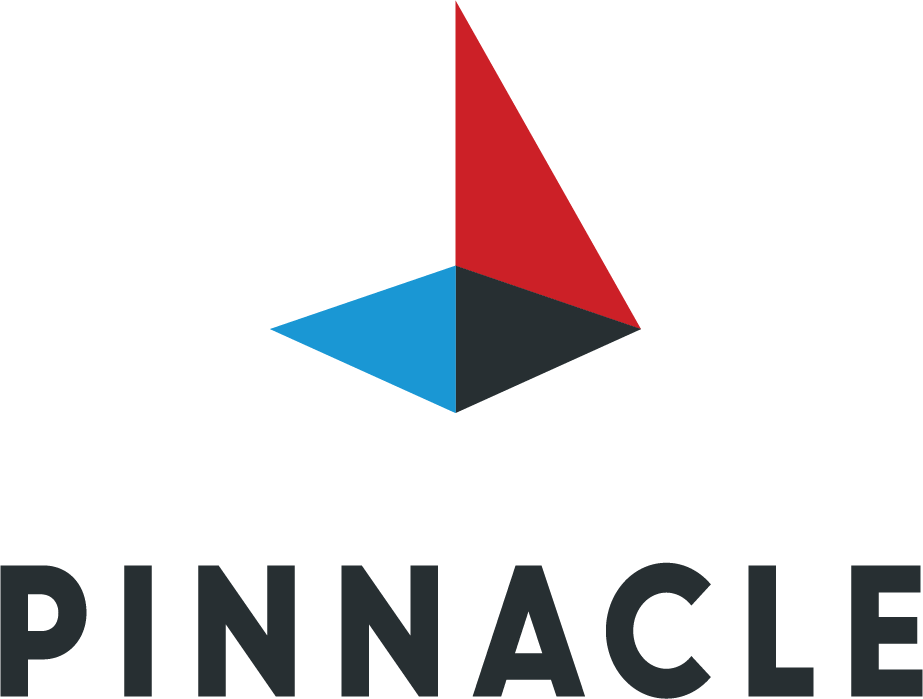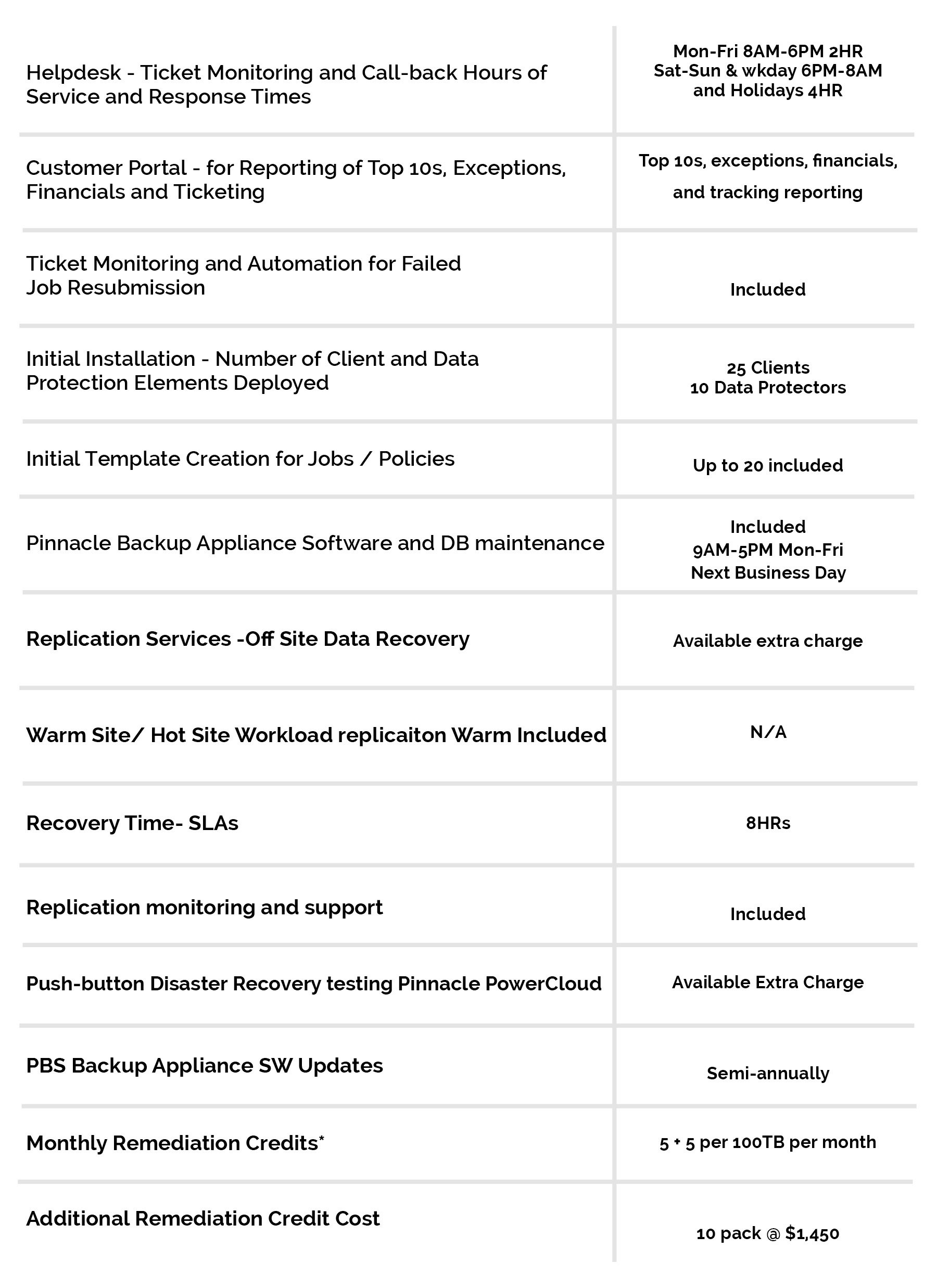24 Oct Assessing if tech trends are worth the investment
Technology is a constantly shifting target, with new devices, software and trends emerging on a regular basis. For any business, it can be a challenge to keep up with this type of infrastructure. Organizations want to ensure they have the proper resources available and are provisioning employees appropriately, but all buzzwords could take on the role of a business asset. Here are a few best practices to help you assess if tech trends are worth the investment:
Does it align with your goals?
Adopting new technology for the sake of having it is a big mistake. Moving processes to a new technology takes time, money and training to ensure that workers are using it effectively. The first thing you should do is ensure the technology aligns well with your business strategy and solves current pain points. If you’re having troubles in your processes, how can the new system tackle these challenges? Perhaps it streamlines tasks, improves efficiency and adds functionality that you don’t currently have. In an interview with CIO, CDO Alan Stukalsky noted that investment decisions should be based on alignment with business strategy as well as how it fits in the company financially and culturally. Having clear goals will help choose the best solutions for your needs and determine if you really need to invest in the newest tech trend.

Assessing if tech trends are worth the investment
What training does it entail?
Migrating to new software or hardware can be a bit of a learning curve for employees that must make the transition. To use new technology well and strategically, organizations must devote time to training people how to use it and resources for ongoing improvement. TechSoup noted that without providing the necessary training sessions, workers will likely go back to what they were doing before the new system was in place, reducing your return on investment. It will be important to carve out time for training while disturbing daily tasks as little as possible. Conducting demos of the software or hardware can help teach staff more effectively. Having them do the actions themselves will instill best practices and proper procedures involved with the new solutions.
Do you have buy-in?
When implementing technology, it’s important to get buy-in both from the management level as well as users. Management should be approached first, as these individuals will provide the backing needed to avoid issues during implementation and to execute the rollout. They will also be essential for convincing users to switch to the new technology. However, both parties will likely need some convincing before they decide to sign on.
“Get buy-in both from the management level as well as users.”
PricewaterhouseCoopers noted that the value and benefit of emerging technology should be easily explained in business terms. If it can’t, then it likely won’t get funded. To attract more interest, talk about how it will impact the customer or client, improve operational efficiency and introduce other benefits.
Some tech trends come and go, others stay the course – how do businesses know when a trend is worth the investment? By ensuring that you have buy-in, can train users and align the solution with your goals, you’ll be able to successfully assess and implement new technology and reap the benefits that result.





